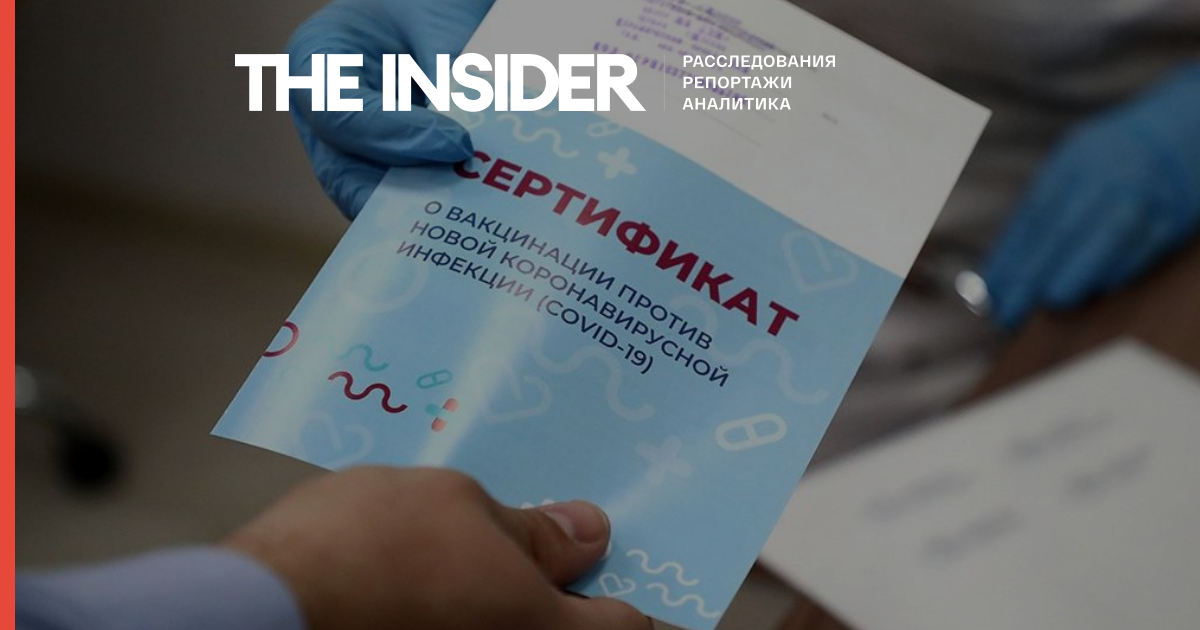European Court of Human Rights refused to transfer the case of the murder of human rights activist Natalya Estemirova, who was kidnapped in Chechnya, to the Grand Chamber. Estemirova’s sister Svetlana asked to send the case there for additional consideration.
On August 31, 2021, the ECtHR delivered a decision in the case of the murder of Estemirova. He acknowledged that the Russian authorities violated the article on the right to life of the European Convention and also failed to conduct an effective investigation. At the same time, the court considered the guilt of the state in the crime unproven. The ECHR ordered Russia to pay 20,000 euros to the sister of the murdered woman.
Natalya Estemirova worked at the Memorial human rights center and investigated cases of kidnappings, torture and extrajudicial executions in Chechnya. She was abducted near her home in Grozny at 8:30 am on 15 July 2009. By 13:00, her colleagues from Memorial reported the kidnapping to the Chechen Interior Ministry and the prosecutor’s office. Human rights activists found witnesses who saw Estemirova being pushed into a white Lada model VAZ-2107. At 4:30 p.m., the body of a human rights activist with traces of gunshot wounds was found in the vicinity of the village of Gazi-Yurt in the Nazranovsky district of Ingushetia, next to the federal highway “Kavkaz”.
According to investigators, Estemirova was kidnapped by bandits led by militant Alkharuz Bashayev. At the same time, by the time this was officially announced, Bashaev himself had already been killed during a special operation.
Friends and colleagues of Estemirova consider this version untenable, since Bashaev’s DNA does not match the DNA of the murderers of the human rights activist. Estemirova’s colleagues are sure that her activities were the motive for the murder.
Only in January 2010, a search was carried out in the empty house of Bashaev, during which they found a pistol that became the murder weapon of Estemirova. A false identity card in the name of a police officer with a photograph of Bashaev pasted in was also found there. Later, they found a car with a silencer, a piece of which allegedly matched a piece of a silencer found at the scene of the murder.
“But the official examination indicated that the pieces do not match, neither traces of clothing nor traces of Natasha’s blood were found in the car – it is worth digging a little, and all this evidence does not stand up to criticism. This is what the European Court found out,” said Oleg Orlov, a member of the Memorial council.
According to him, in recent years, the ECtHR has become more cautious in its conclusions on the recognition of the guilt of the state in such cases: the court needs not indirect, but direct evidence that the person was in the hands of the security forces. In particular, when considering the case of Estemirova, the court ignored the fact that she was abducted in Chechnya and taken to Ingushetia in the presence of roadblocks. Earlier in Strasbourg, it was recognized that the cars with the stolen people could not cross the checkpoints without control and inspection.







